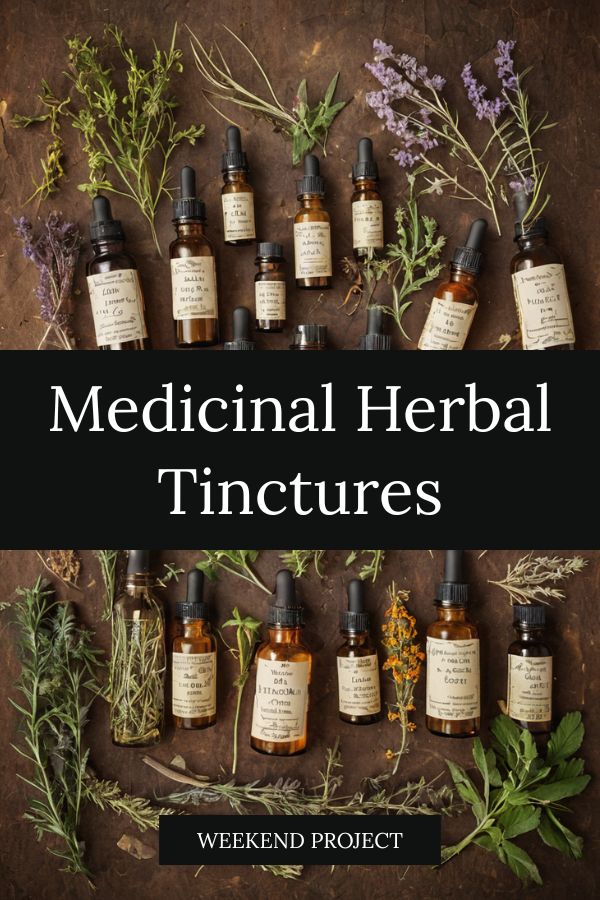Golden Root (Rhodiola Rosea)
Information Reliability Score: 5/10
This score reflects the overall reliability of the information presented in this article. It is based on the quality of scientific evidence, accuracy of sources, and the transparency of references related to Rhodiola rosea.

Golden Root, scientifically known as Rhodiola rosea, is a medicinal herb native to the cold regions of Asia and Europe, renowned for its adaptogenic properties.
This plant is traditionally used to enhance physical and mental performance, reduce fatigue, and support stress resistance due to its unique ability to help the body adapt to environmental stressors. Historically, it has been a staple in traditional medicine systems such as Siberian and Chinese medicine, where it was valued for its ability to boost energy and endurance. In modern wellness practices, Golden Root is popular as a natural supplement for improving mood, cognitive function, and overall vitality.
Its distinctive earthy, slightly spicy flavor and the presence of rare compounds like rosavins and salidrosides contribute to its reputation as a powerful adaptogen with a rich historical legacy.
FREE COURSE
How to make medicinal herbl tinctures for common ailments at home and in a weekend (using the Healing Drop System).

Table of Contents
Scientific and Botanical Profile
Golden Root, with botanical name Rhodiola rosea, is a perennial flowering plant belonging to the Crassulaceae family, known for its adaptogenic properties and resilience in harsh environments.
Native to regions across Russia, China, Kazakhstan, Mongolia, and other parts of Central and South Asia, including Afghanistan, India, and Nepal, it thrives in cold, arid climates. Morphologically, it features a knotted, fleshy root system with reddish-brown skin and a succulent, branched stem that can grow up to 30 cm in height, bearing small, pink or reddish flowers. Commonly referred to as Arctic Root, Roselle, Roa, Rosy Rhodiola, Rosary Plant, and Rosella, it is also known as Golden Root due to its golden-yellow root color.
This plant is valued in traditional medicine for its potential to enhance physical endurance and mental performance.
History and Cultural Relevance
Golden Root was used by ancient civilizations such as the Vikings, Siberian peoples, and traditional Chinese and Tibetan medicine practitioners for centuries as a powerful adaptogen to enhance physical and mental performance.
In traditional medicine systems, it was revered for its ability to combat fatigue, improve mood, and boost resistance to stress, often being incorporated into herbal remedies and tonics. Among the Sami people of northern Scandinavia, Golden Root was used in rituals to strengthen endurance during long winters, while in Tibetan culture, it was believed to enhance spiritual awareness and was sometimes included in ceremonial offerings. Today, its traditional use in improving energy and resilience continues to influence modern herbal supplements, with formulations still used to support stress management and cognitive function.
Its enduring presence in both historical and contemporary practices underscores its deep cultural significance and lasting relevance in holistic health traditions.
Chemical Composition and Nutritional Profile
Golden Root contains a diverse array of bioactive compounds, including alkaloids such as rosavine and salidroside, flavonoids, essential oils, and various terpenes, which contribute to its adaptogenic properties.
It is also rich in vitamins like vitamin C and B-complex vitamins, as well as minerals such as iron, zinc, and manganese, along with antioxidants that help combat oxidative stress. These compounds work synergistically to enhance energy production, reduce fatigue, and support the body's ability to cope with stress by modulating the hypothalamic-pituitary-adrenal (HPA) axis. The plant's active ingredients also influence mitochondrial function and neurotransmitter activity, promoting overall physiological balance.
Its nutritional profile and complex chemical composition make it a valuable herbal supplement for improving physical and mental performance.
Medicinal Properties and Health Benefits
Rhodiola rosea has been widely recognized for its adaptogenic properties, helping the body resist stress and enhance physical and mental performance.
It supports multiple body systems, including the nervous, endocrine, and immune systems, by reducing oxidative stress and improving energy metabolism. Its ability to enhance cognitive function and mood makes it particularly beneficial for individuals dealing with fatigue, anxiety, or depression. Compared to other adaptogens like ashwagandha or ginseng, rhodiola rosea is unique in its ability to improve both physical endurance and mental clarity without the stimulating effects often associated with ginseng.
Additionally, its potent bioactive compounds, such as rosavins and salidrosides, contribute to its higher potency and longer-lasting benefits compared to many similar herbs.
Discover the 10 best health benefits of Golden Root.
Forms, Preparation and Usage
Rhodiola rosea has a variety of forms available, including fresh root, dried root, tincture, powder, essential oil, and capsule, allowing for flexible use depending on the desired application.
It can be prepared as a tea by steeping dried root in hot water, or as a decoction by boiling the root for a longer period to extract more potent compounds. Topical applications include using the tincture or powder directly on the skin for localized effects, while the essential oil can be diluted and applied for aromatherapy purposes. The recommended dosage for adults is typically 200-600 mg of standardized extract per day, divided into two or three doses, while children should only use it under medical supervision if deemed safe.
Due to its potent nature, it is advisable to start with a low dose and limit use to short durations, generally not exceeding several weeks without consulting a healthcare professional.
Safety, Side Effects and Contraindications
Rhodiola rosea can be considered relatively safe for short-term use in most healthy adults when taken at recommended doses, but it may cause side effects such as insomnia, dry mouth, increased heart rate, and gastrointestinal discomfort in some individuals.
It is generally not recommended for long-term use due to limited research on its long-term safety. Rhodiola rosea may interact with medications such as antidepressants, anticoagulants, and stimulants, potentially increasing their effects or causing adverse reactions. Special populations, including pregnant or breastfeeding women and individuals with chronic illnesses, should avoid rhodiola rosea due to insufficient safety data.
To ensure safe use, it is advisable to consult a healthcare provider before starting rhodiola rosea, start with a low dose, and monitor for any adverse reactions.
Growing, Harvesting and Storage
Rhodiola rosea grows in cold, alpine regions with well-drained, slightly acidic soil and full sun exposure, thriving in temperate climates with cool summers and long winters.
It requires minimal water once established, making it drought-tolerant, but it benefits from regular watering during its active growth period in spring and early summer. To ensure healthy growth, regular weeding and mulching help control competition and maintain soil moisture, while avoiding over-fertilization to prevent leggy growth. The best time to harvest rhodiola rosea is in late summer or early autumn, when the roots are most potent, using a spade or trowel to carefully dig up the entire plant to preserve the root system.
After harvesting, the roots should be washed, dried in a cool, dark place, and stored in airtight containers in a cool, dry location or refrigerated to maintain their medicinal potency and extend shelf life.